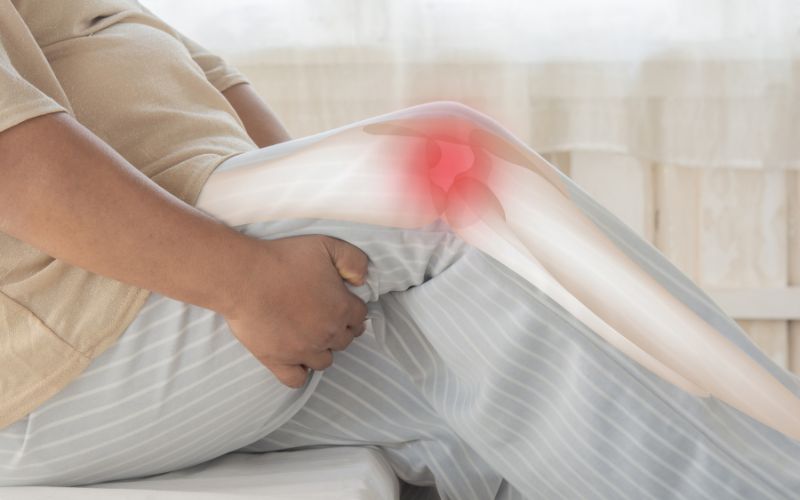What is ergonomics?
Ergonomics is the science of designing and arranging things so that they can be used most efficiently and comfortably by humans. In other words, ergonomics aims to create a comfortable and efficient working environment that reduces the risk of injury or strain. Ergonomics is not limited to workspaces, but it can also be applied to everyday life activities like driving, gardening, or cooking.
Benefits of ergonomics
Proper ergonomics can significantly improve your health and well-being. Here are some benefits of ergonomics:
Reduces musculoskeletal disorders
Musculoskeletal disorders (MSDs) are conditions that affect the muscles, bones, and joints. Poor ergonomics can lead to MSDs like back pain, neck pain (Tech Neck), carpal tunnel syndrome, and tennis elbow. By following ergonomic principles, you can reduce the risk of developing MSDs and improve your overall physical health.
Increases productivity
Proper ergonomics can improve your productivity by reducing discomfort and fatigue. When you’re comfortable, you can focus better and work more efficiently. Ergonomic furniture and equipment can help you avoid distractions and stay focused on your work.
Enhances job satisfaction
Job satisfaction is essential for overall well-being. Poor ergonomics can lead to discomfort, pain, and dissatisfaction with work. By creating a comfortable and ergonomic workspace, you can increase job satisfaction and reduce the risk of burnout.
Ergonomics at work
Most people spend a significant amount of time at work, and that’s why it’s crucial to pay attention to ergonomics in the workplace. Here are some tips for creating an ergonomic workspace:
Proper desk setup
Your desk should be at a comfortable height that allows you to keep your arms and shoulders relaxed. Your computer monitor should be at eye level, and your keyboard and mouse should be within easy reach.
Choosing the right chair
Your chair should provide good lumbar support, and the seat height should be adjustable. Your feet should be flat on the floor, and your thighs should be parallel to the ground.
Adjusting monitor height
Your computer monitor should be at eye level to reduce strain on your neck and eyes. You can use a monitor stand or a stack of books to elevate your monitor to the correct height.
Positioning keyboard and mouse
Your keyboard and mouse should be positioned close to your body to avoid reaching and straining your arms. Your wrists should be straight and supported by a wrist rest. You can use an ergonomic keyboard.
Taking breaks
It’s essential to take breaks regularly to avoid fatigue and strain. Take short breaks every 30 minutes to stretch your muscles, stand up, or take a quick walk. Additionally, take longer breaks every few hours to give your body a chance to rest and recover.
Ergonomics in daily life
Ergonomics is not limited to the workplace. You can also apply ergonomic principles in your daily life to reduce the risk of injury or strain. Here are some tips for practicing ergonomics in daily life:
Proper posture
Maintaining proper posture can help you avoid pain and discomfort. Keep your head up, shoulders back, and back straight. Avoid slouching or hunching over.
Stretching exercises
Stretching exercises can help you reduce tension and stiffness in your muscles. Stretch your neck, shoulders, and back regularly to maintain flexibility and reduce the risk of injury.
Correct lifting techniques
Using correct lifting techniques can help you avoid strains and injuries. Bend your knees and lift with your legs, not your back. Hold objects close to your body, and avoid twisting or jerking movements.
Common ergonomic mistakes
Here are some common ergonomic mistakes that can lead to pain and discomfort:
Poor posture
Slouching, hunching over, or leaning too far forward can put a strain on your muscles and lead to pain and discomfort.
Sitting for extended periods
Sitting for extended periods can lead to fatigue, stiffness, and pain. Take breaks regularly and move around to avoid these issues.
Improper desk setup
An improper desk setup can lead to pain and discomfort in your neck, shoulders, back, and arms. Make sure your desk, chair, and equipment are set up correctly.
FAQ
The most important aspect of ergonomics is creating a comfortable and efficient working environment that reduces the risk of injury or strain.
Yes, poor ergonomics can lead to health problems like back pain, neck pain, carpal tunnel syndrome, and tennis elbow.
It’s recommended to take short breaks every 30 minutes and longer breaks every few hours.
You can practice ergonomics in daily life by maintaining proper posture, doing stretching exercises, and using correct lifting techniques.
Some common ergonomic mistakes include poor posture, sitting for extended periods, and improper desk setup.












